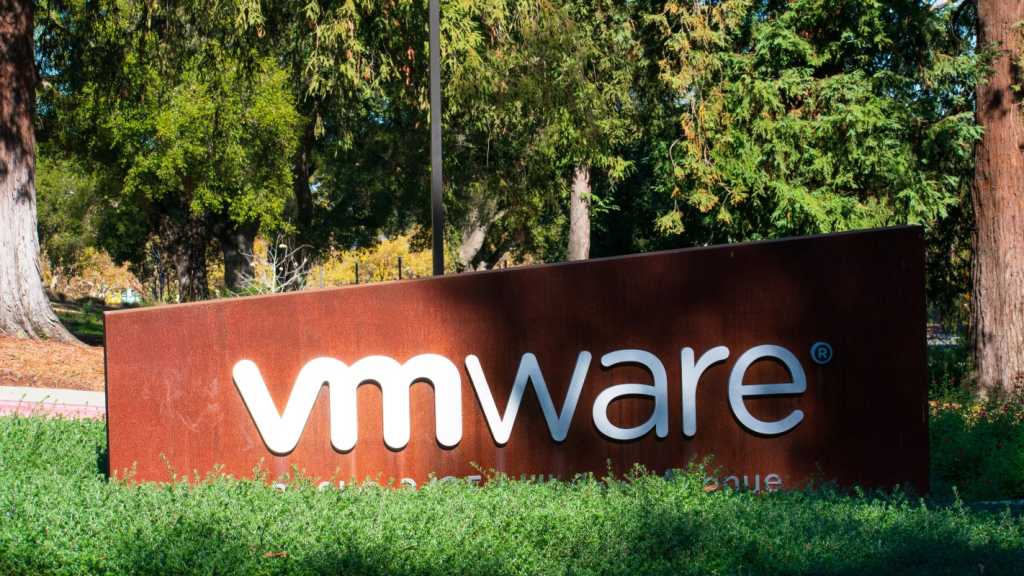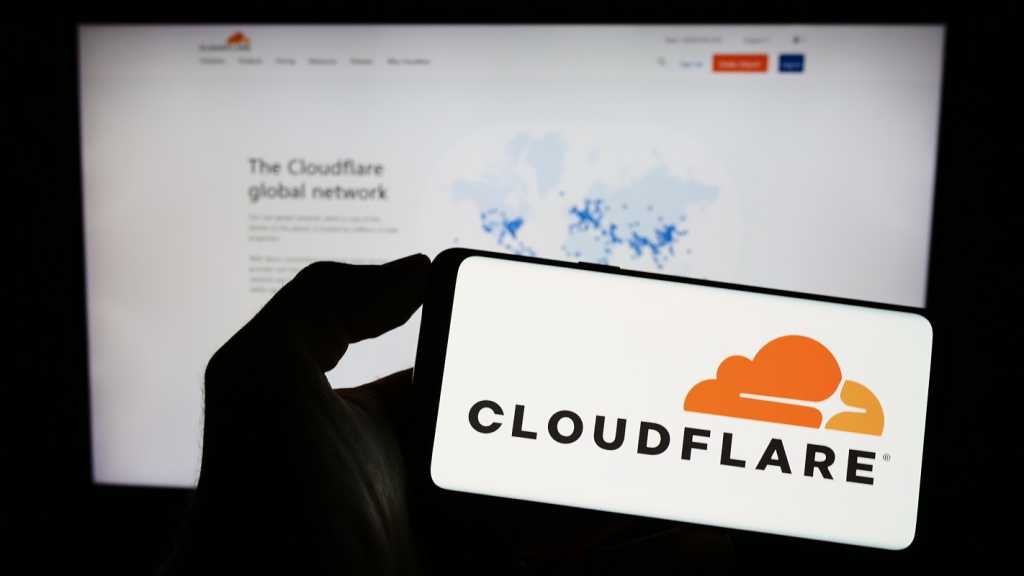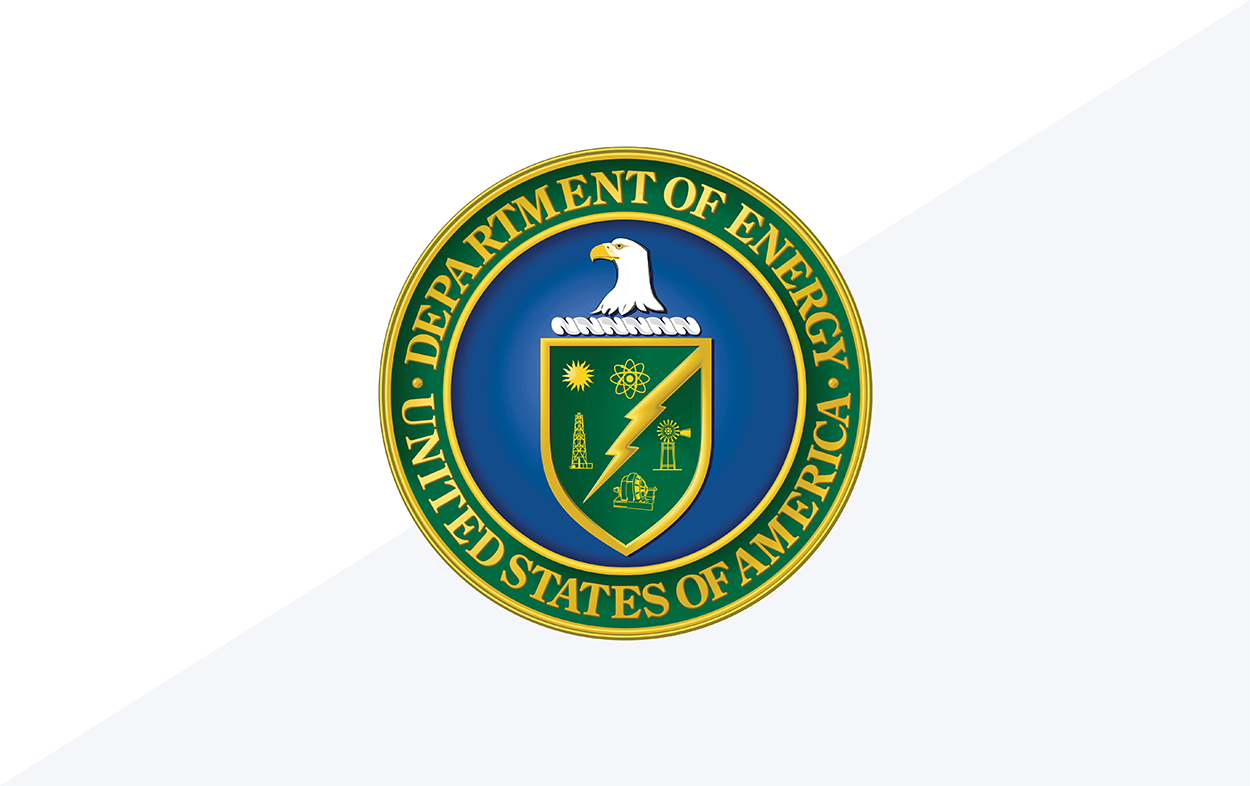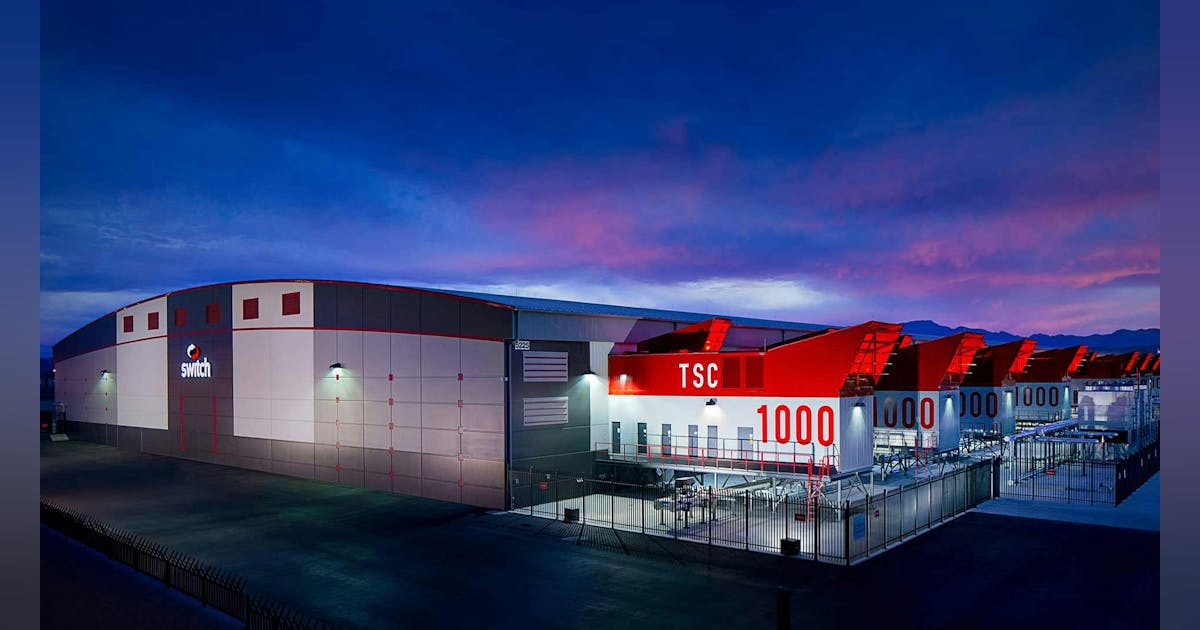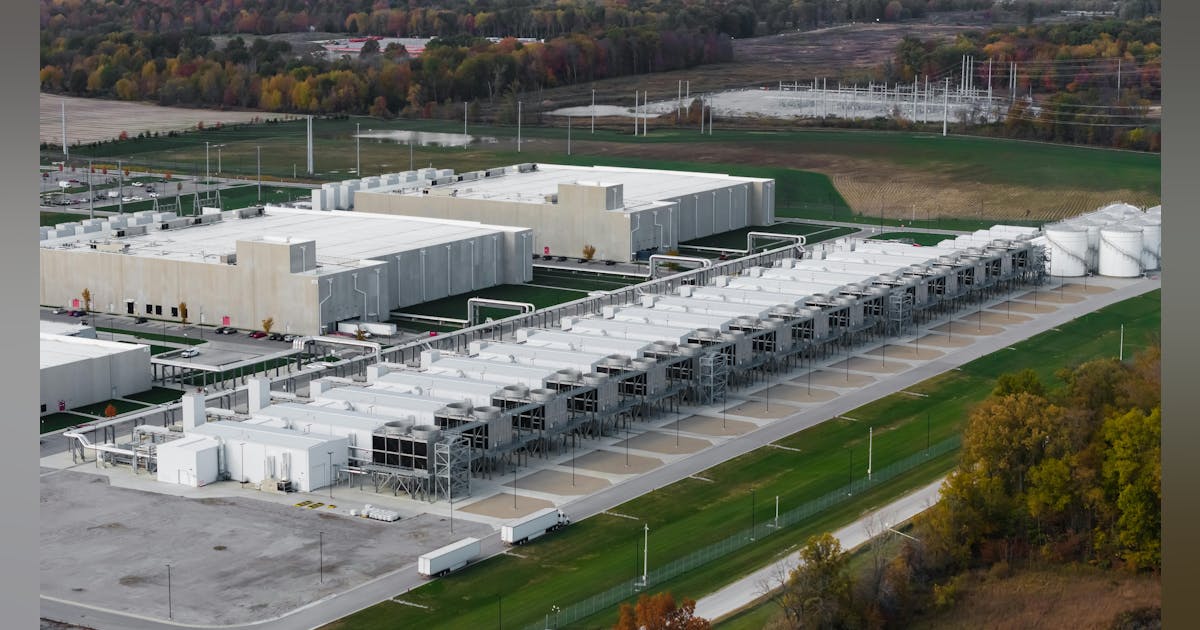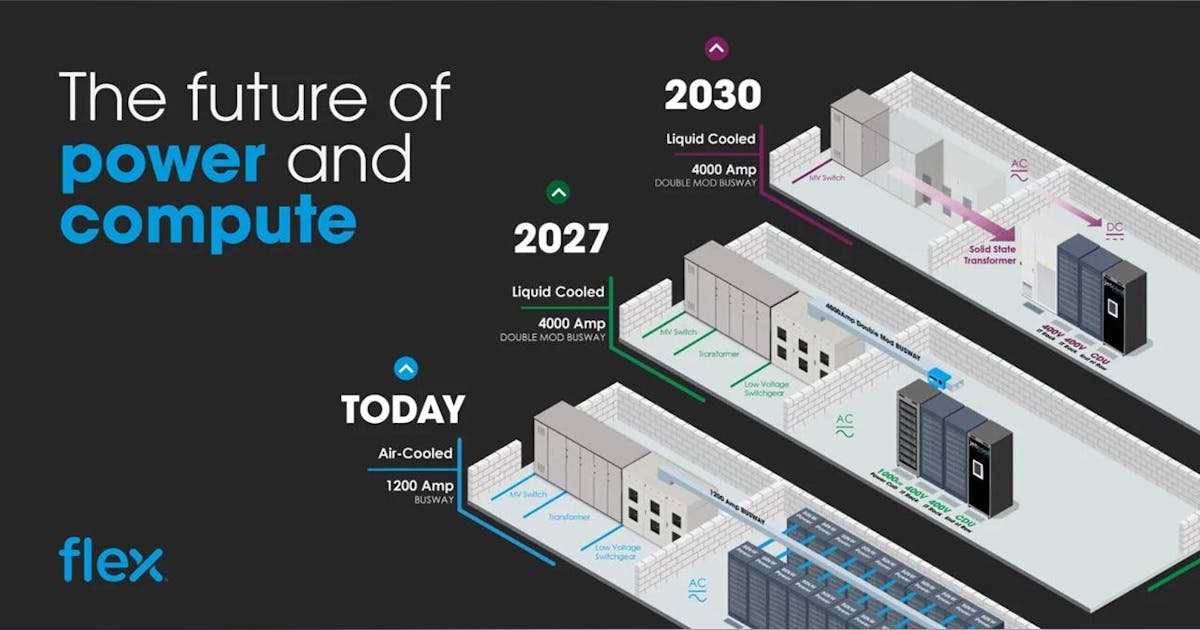
A Chevron Corp.-led consortium has achieved first oil at a third processing plant in the Tengiz oil field, which is now expected to ramp up output to one million barrels of oil equivalent a day.
The Future Growth Project (FGP) is designed to raise the onshore field’s crude production by 260,000 barrels per day at full capacity, according to Chevron, which holds a 50 percent stake in the joint venture operating Tengiz.
Chevron estimates 25.5 billion barrels of oil in place in Tengiz, which it says is the world’s deepest producing supergiant oilfield and the biggest single-trap producing reservoir.
Last year a Wellhead Pressure Management Project (WPMP) was completed to optimize production.
FGP and WPMP installed power systems with five Frame 9 gas turbine generators, added four large compression trains, installed a new centralized control center and enhanced sour gas handling and reinjection for long-term pressure maintenance.
“This milestone concludes a multiyear project that completely revamped the gathering and processing capacity of one of the world’s largest oil fields that will provide significant economic benefit for the Republic of Kazakhstan”, said Clay Neff, president of Chevron for international exploration and production.
The energy giant’s partners in Tengizchevroil LLP, the joint venture operating Tengiz, are United States compatriot Exxon Mobil Corp. with a 25 percent interest, Kazakhstani national oil and gas company JSC NC KazMunayGas (20 percent) and Russia’s Lukoil PJSC (five percent).
Tengizchevroil also operates the nearby Korolev field, where Chevron estimates 1.6 billion barrels of oil in place.
With total recoverable petroleum of 7.1 billion barrels to 10.9 billion barrels from the two fields, Tengiz and Korolev could satisfy the annual oil demand of entire countries, according to Chevron.
“First oil at the Future Growth Project is the latest in a series of development milestones, including in the Gulf of Mexico and the Permian, that are expected to significantly increase free cash flow to the company and deliver value for Chevron shareholders”, said Chevron vice chair Mark Nelson.
The company earlier said it expects to reduce hydrocarbon production in the U.S.’ Permian Basin “in favor of free cash flow”.
According to the 2025 budget plan it announced December 5, 2024, Chevron’s Permian spending in 2025 would be lower than 2024 at $4.5 billion to $5 billion. Total upstream capital expenditure is pegged at $13 billion, of which about two-thirds is for the U.S.
“The remaining U.S. investment is split between the DJ Basin and the Gulf of Mexico, where deepwater growth projects continue to ramp and are expected to deliver offshore production of 300 mboed in 2026”, it said then.
Chevron also expects to allot two-thirds of its planned $1.2 billion downstream capex in 2025 for the U.S.
“Within total upstream and downstream budgets, about $1.5 billion of capex is dedicated to lowering the carbon intensity of our operations and growing New Energies businesses”, it said.
Chair and chief executive Mike Wirth said at the time, “The 2025 capital budget along with our announced structural cost reductions demonstrate our commitment to cost and capital discipline”.
To contact the author, email [email protected]
What do you think? We’d love to hear from you, join the conversation on the
Rigzone Energy Network.
The Rigzone Energy Network is a new social experience created for you and all energy professionals to Speak Up about our industry, share knowledge, connect with peers and industry insiders and engage in a professional community that will empower your career in energy.
MORE FROM THIS AUTHOR

